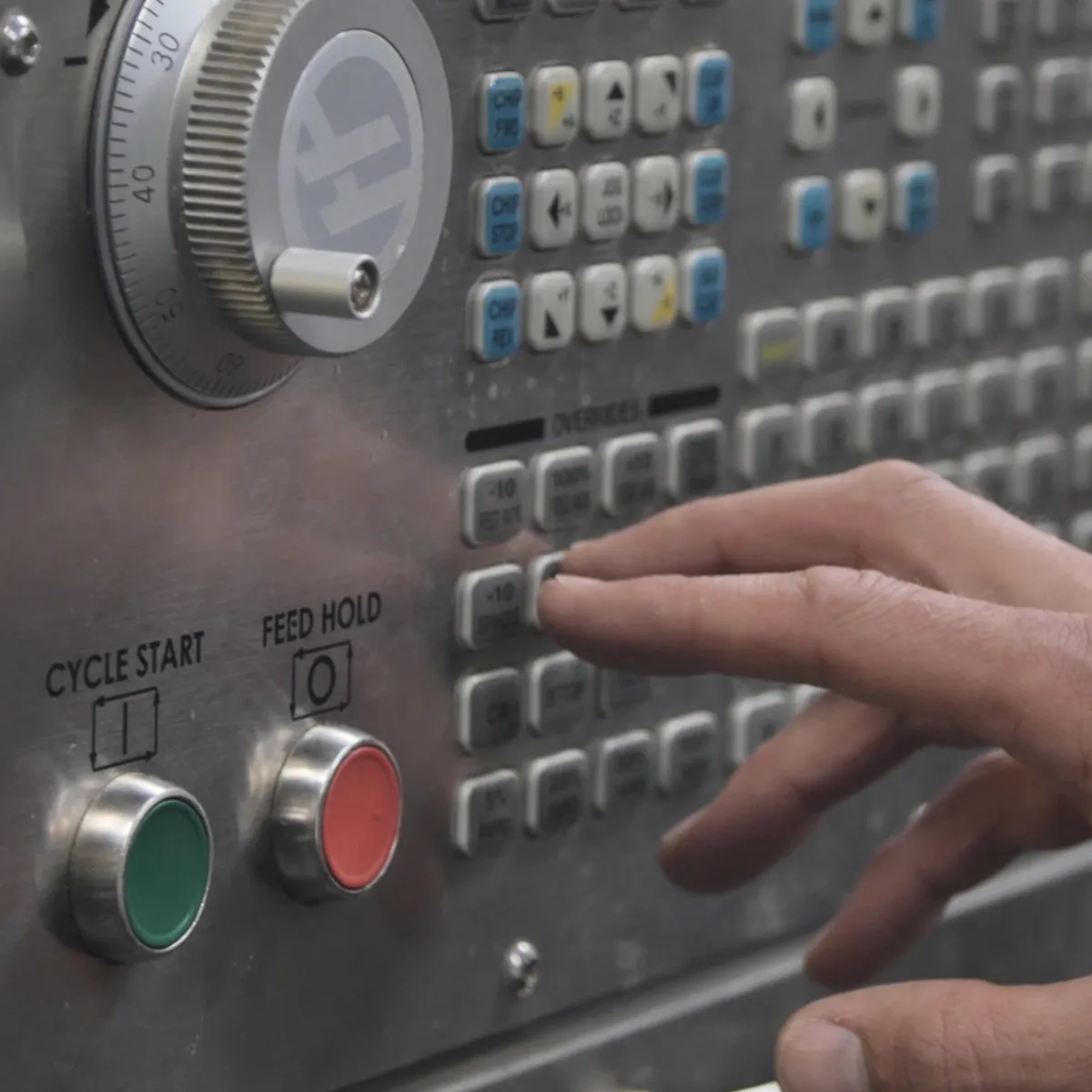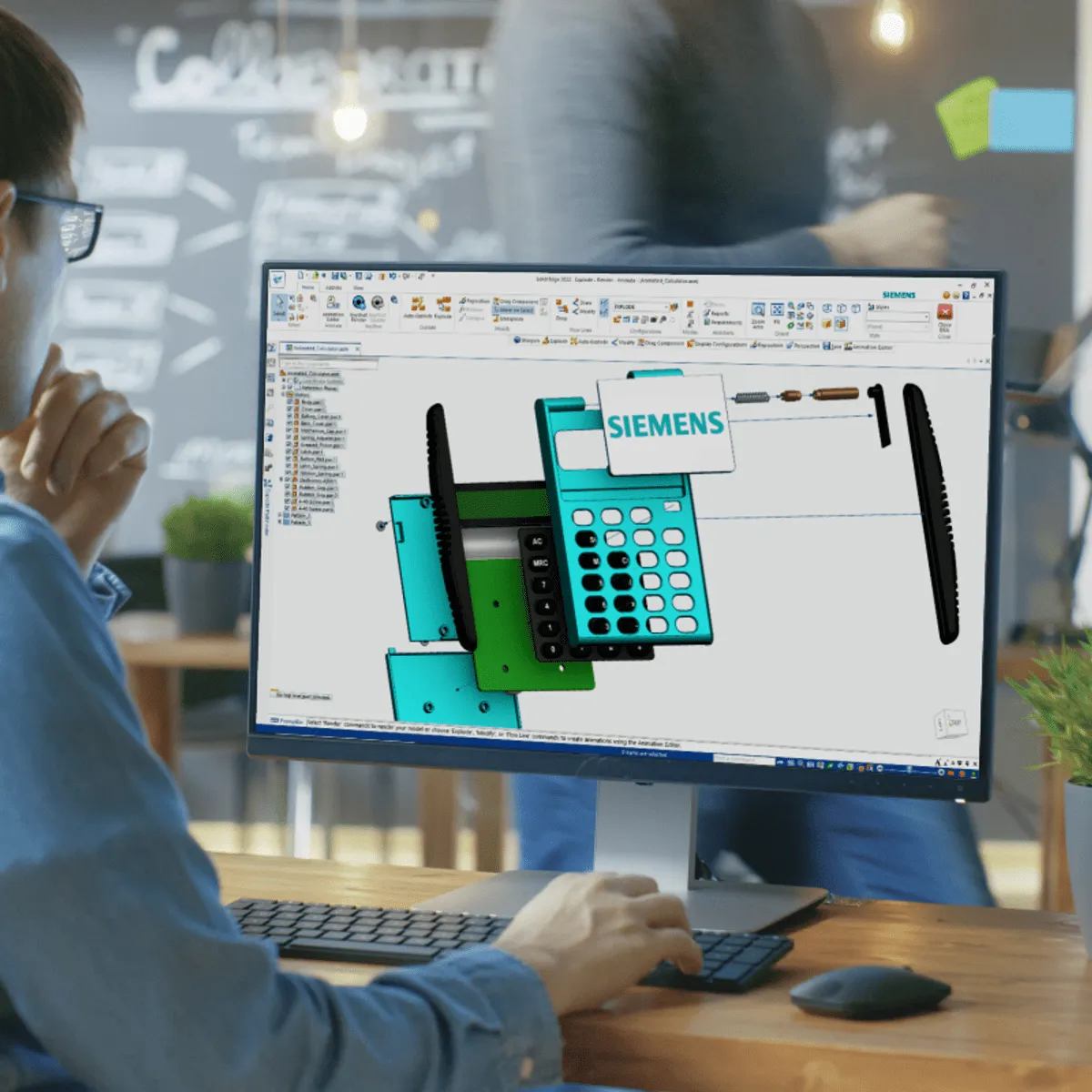
Cyber-Physical Systems: Modeling and Simulation 
This course provides an introduction to the modeling and simulation of cyber-physical systems. It covers topics such as models of physical processes, finite state machines, computation, converters between physical and cyber variables, and digital networks. Students will gain an understanding of the interconnected and heterogeneous behaviors of these systems, and learn how to analyze and design them. The instructor of this course is Ricardo Sanfelice, Associate Professor in the Department of Computer Engineering at the University of California Santa Cruz. ▼
ADVERTISEMENT
Course Feature
![]() Cost:
Cost:
Free
![]() Provider:
Provider:
Coursera
![]() Certificate:
Certificate:
Paid Certification
![]() Language:
Language:
English
Course Overview
❗The content presented here is sourced directly from Coursera platform. For comprehensive course details, including enrollment information, simply click on the 'Go to class' link on our website.
Updated in [May 30th, 2023]
This course on Cyber-Physical Systems: Modeling and Simulation provides a comprehensive introduction to the modeling and simulation of cyber-physical systems. It covers topics such as physical process models, finite state machines, computation, converters between physical and cyber variables, and digital networks. By taking this course, you will gain a better understanding of the complexities of cyber-physical systems and how to model and simulate them.
Completing this course can open up a variety of possible development paths in your career or education. You can use the knowledge and skills you gain to pursue a career in cyber-physical systems engineering, or to further your studies in related fields such as computer engineering, robotics, or artificial intelligence. Additionally, you can use the skills you learn to develop and design new cyber-physical systems.
For those interested in learning more about cyber-physical systems, there are a variety of related learning suggestions. You can explore the field of robotics, which is closely related to cyber-physical systems, or take courses in computer engineering, artificial intelligence, or control systems. Additionally, you can read books and articles on the subject, or attend conferences and seminars to stay up to date on the latest developments in the field.
Pros & Cons

Clear and useful videos.

Solid background about CPS.

Well structured course content.

Peer review grading system is slow.

Instructor skips reasons.

Grading system not reliable.
Course Provider

Provider Coursera's Stats at AZClass
Discussion and Reviews
0.0 (Based on 0 reviews)
Explore Similar Online Courses

GIN Golang API development course GIN Golang API tutorial #4: Logging with GIN

Big Data Modeling and Management Systems

Python for Informatics: Exploring Information

Social Network Analysis

Introduction to Systematic Review and Meta-Analysis

The Analytics Edge

DCO042 - Python For Informatics

Causal Diagrams: Draw Your Assumptions Before Your Conclusions

Whole genome sequencing of bacterial genomes - tools and applications

Cyber Security in Manufacturing

Creating Toolpaths for a CNC Lathe


Start your review of Cyber-Physical Systems: Modeling and Simulation